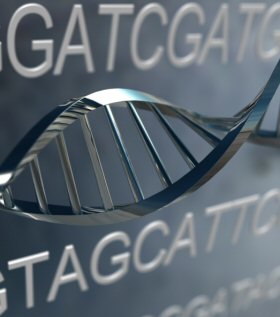11 February 2011
DNA tests create incest dilemma
by Kate Melville
 The use of DNA microarrays to diagnose developmental disabilities and congenital anomalies in children can also unexpectedly identify that some of those children have been conceived through incest, creating social and legal issues that are now challenging the scientific community.
The use of DNA microarrays to diagnose developmental disabilities and congenital anomalies in children can also unexpectedly identify that some of those children have been conceived through incest, creating social and legal issues that are now challenging the scientific community.
To understand the ramifications of these chance discoveries, medical researchers from the Baylor College of Medicine, in conjunction with legal and ethics experts, have produced a briefing document that has just been published in the Lancet.
Cases of possible incest are identifiable through what is known as an "absence of heterozygosity." In most instances, an infant receives roughly half of his or her genes from the mother and half from the father. This is called heterozygosity.
In the case of incest, family members, who already share much of their genetic code, each contribute to the genetic material of a child. This will result in absence of heterozygosity in the genes of that child. In other words, children conceived through incest have large blocks of DNA in which genes inherited from the mother and the father are identical.
"In some cases, these regions can account for as much as one-fourth of the genome," said Baylor's Arthur Beaudet, a senior author of the report. The most common cause for this is that the child was conceived by first-degree relatives, such as a father and a daughter or a brother and a sister.
Beaudet explained that if it is suspected that the pregnancy was the result of abuse, then that will need to be reported to child protective services and, potentially, law enforcement. But the responsibility of the physician is less clear when the mother is an adult, he added. Social implications could mean the mother will deny that the incest took place, or she may be fearful for the safety of herself and her child if it comes to light.
Related:
Eeew!
Y chromosome makes sex disorders a "roulette game," say researchers
Contraceptive Pill Threatening Genetic Diversity?
Strumpet gene writes infidelity into DNA
Source: Baylor College of Medicine
